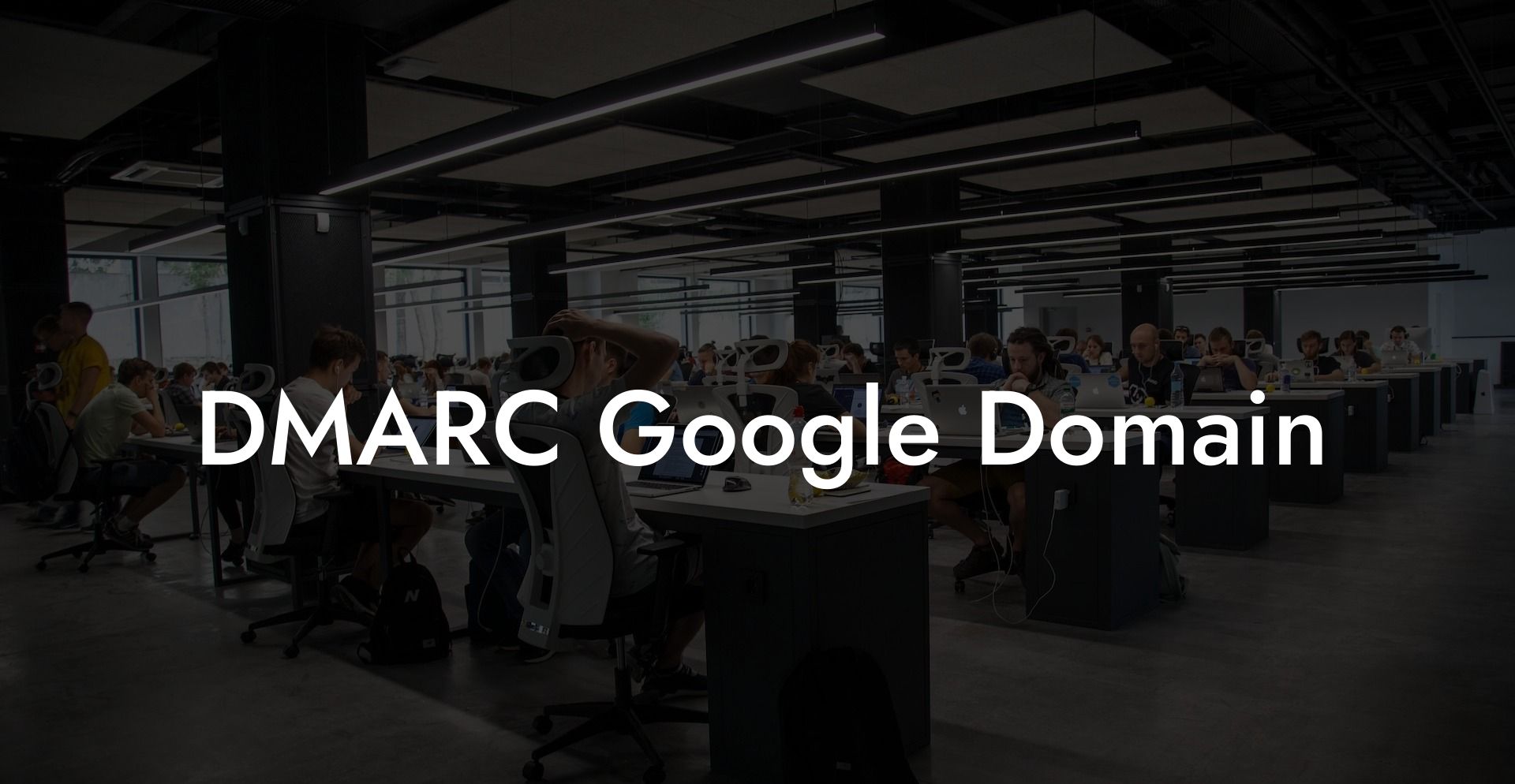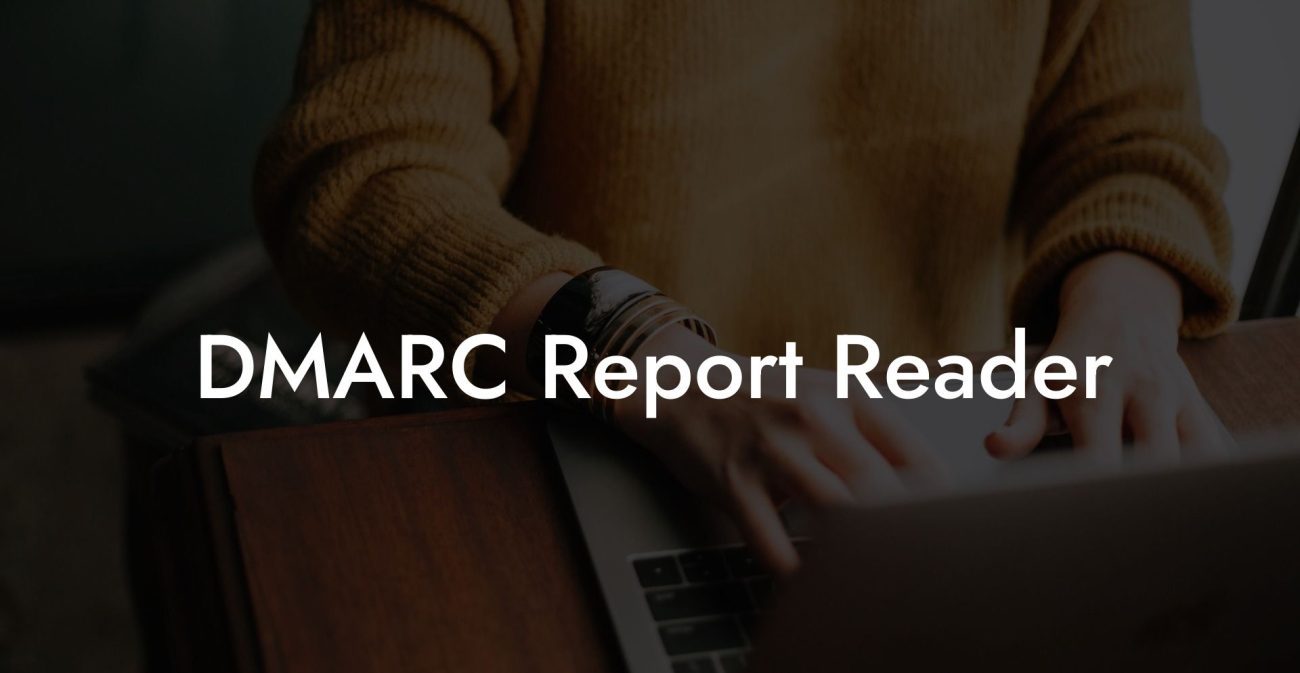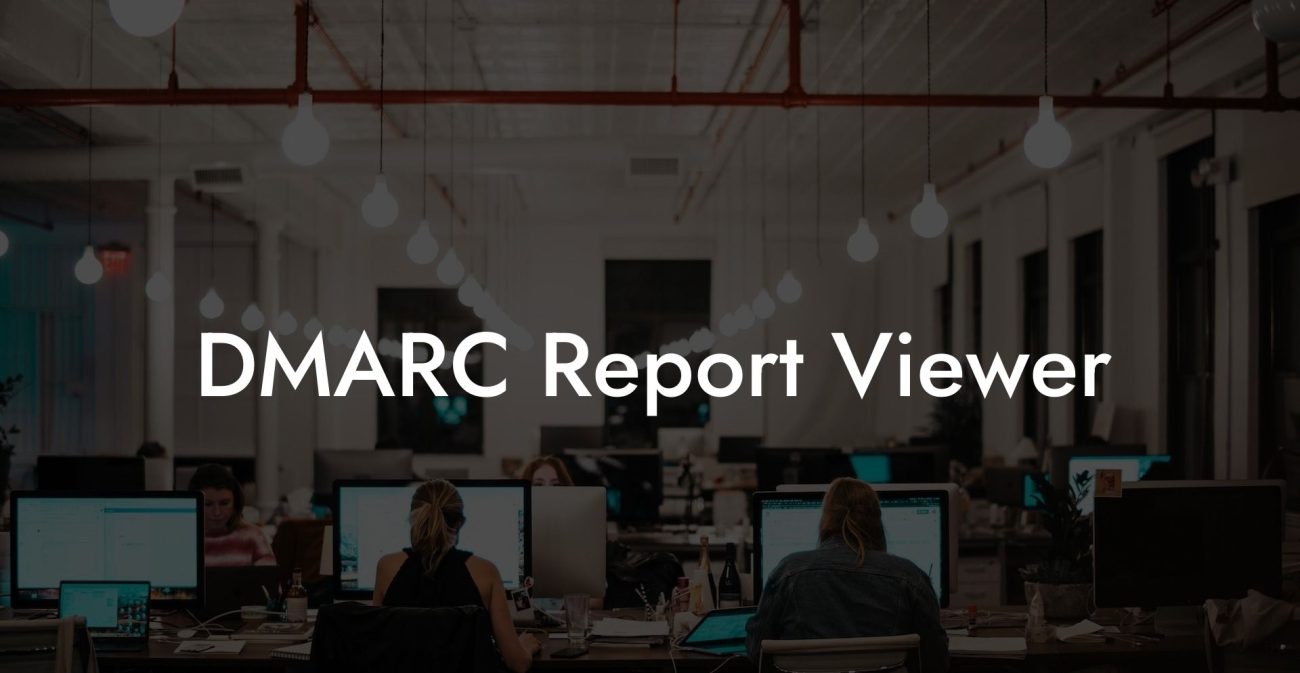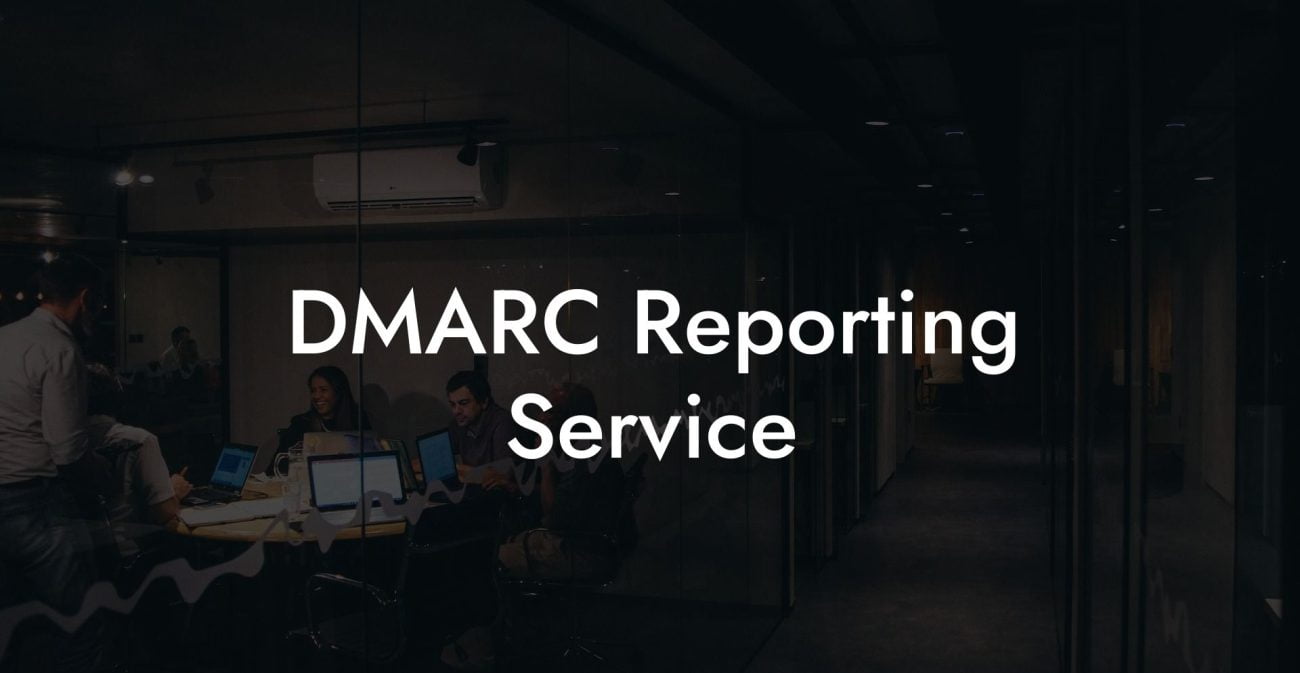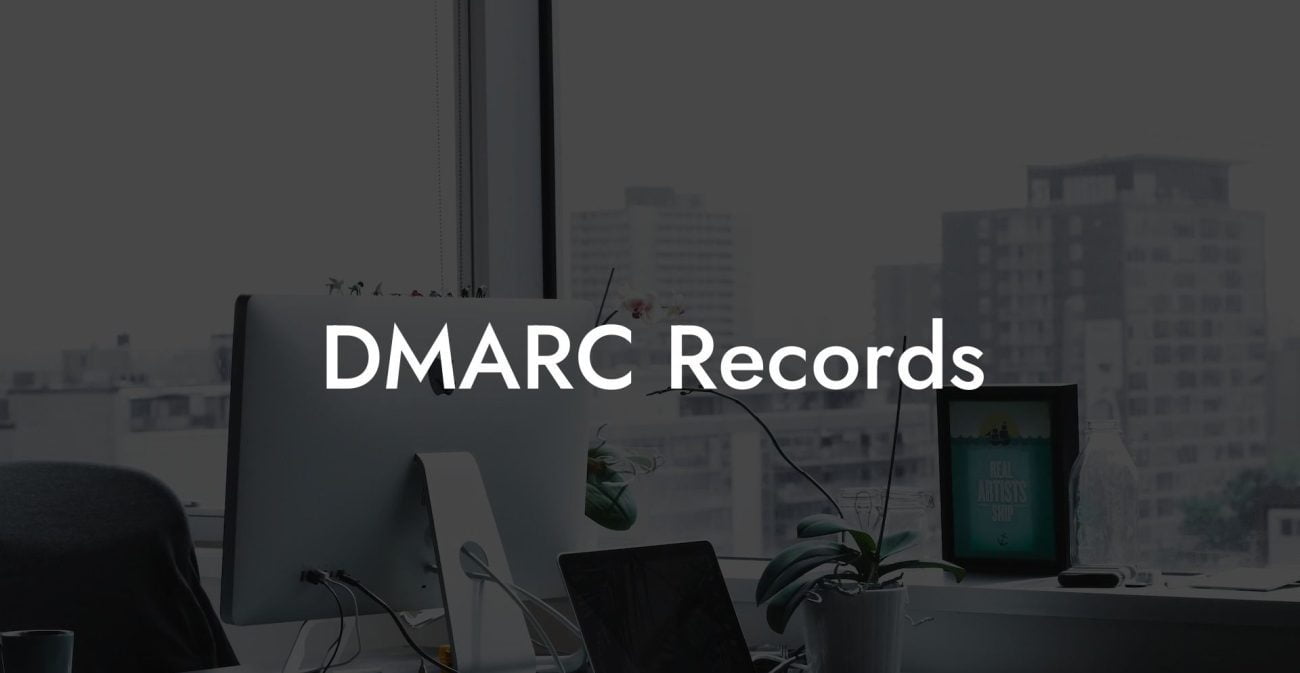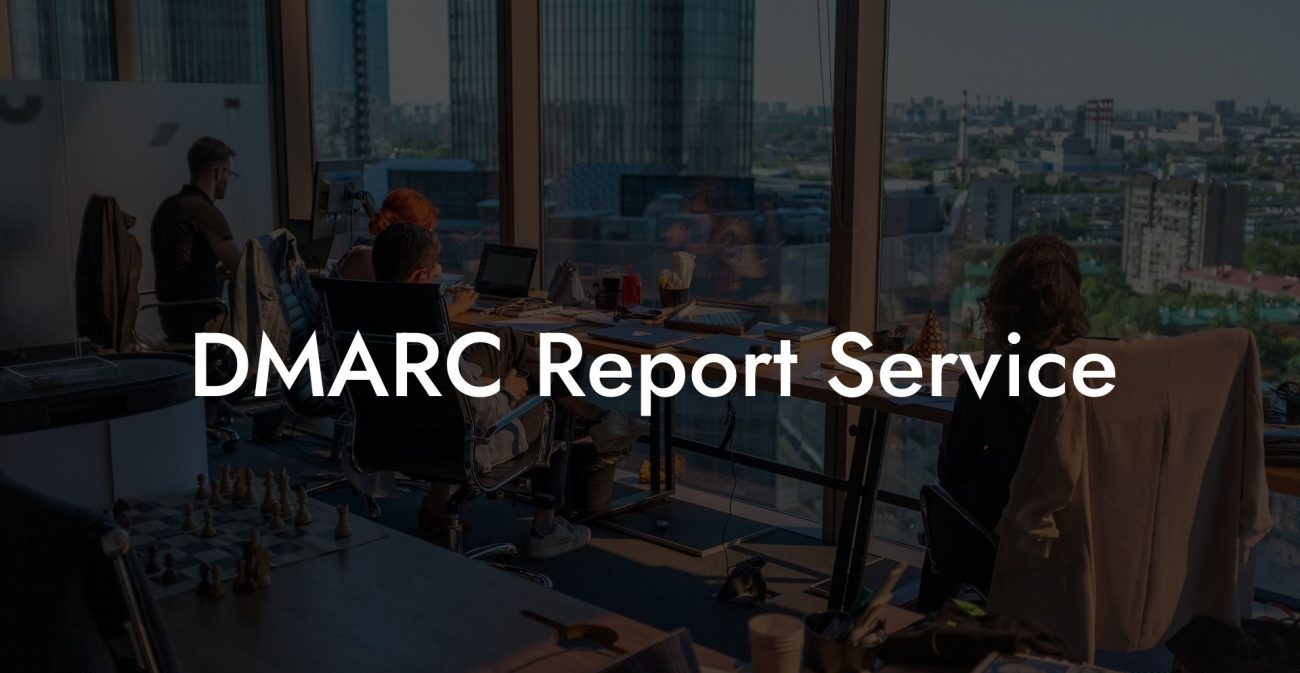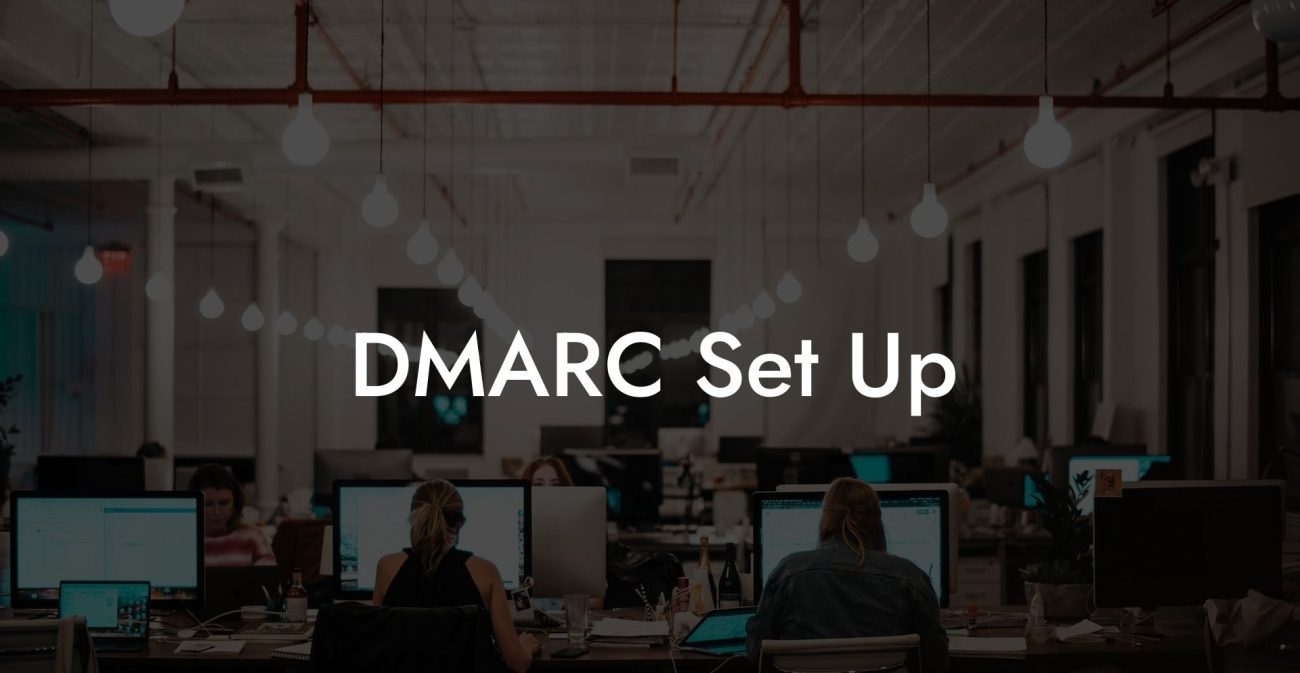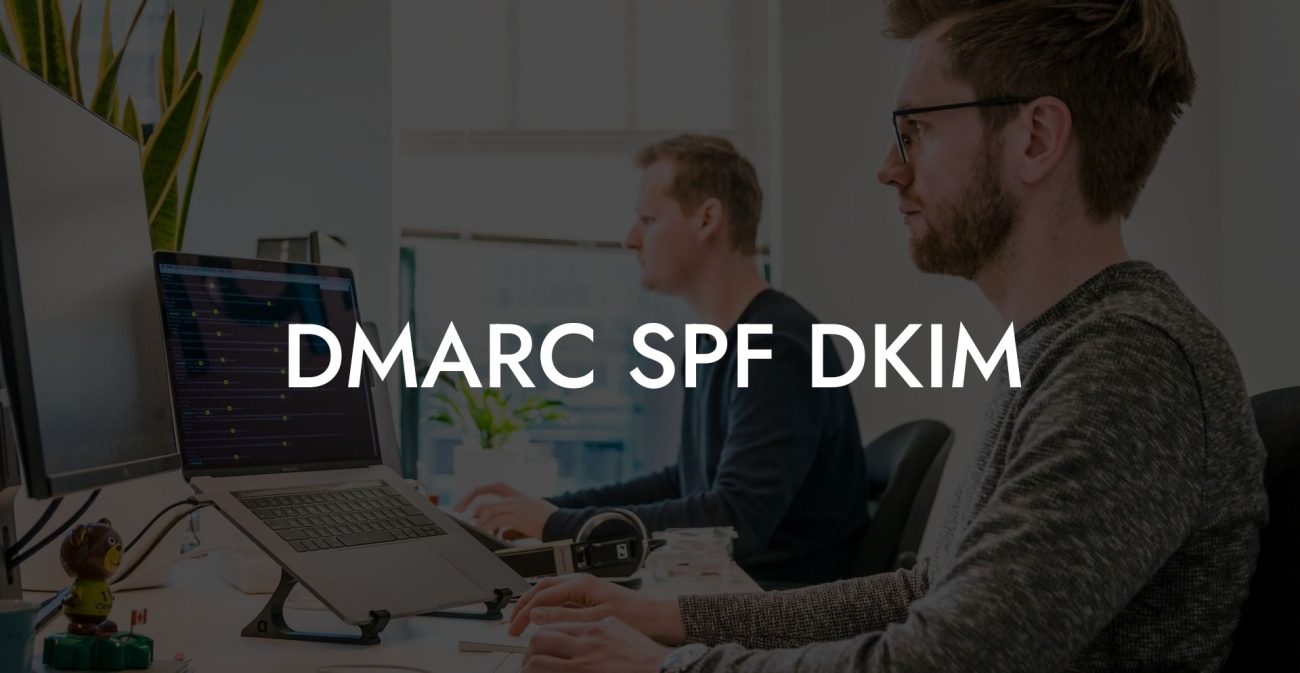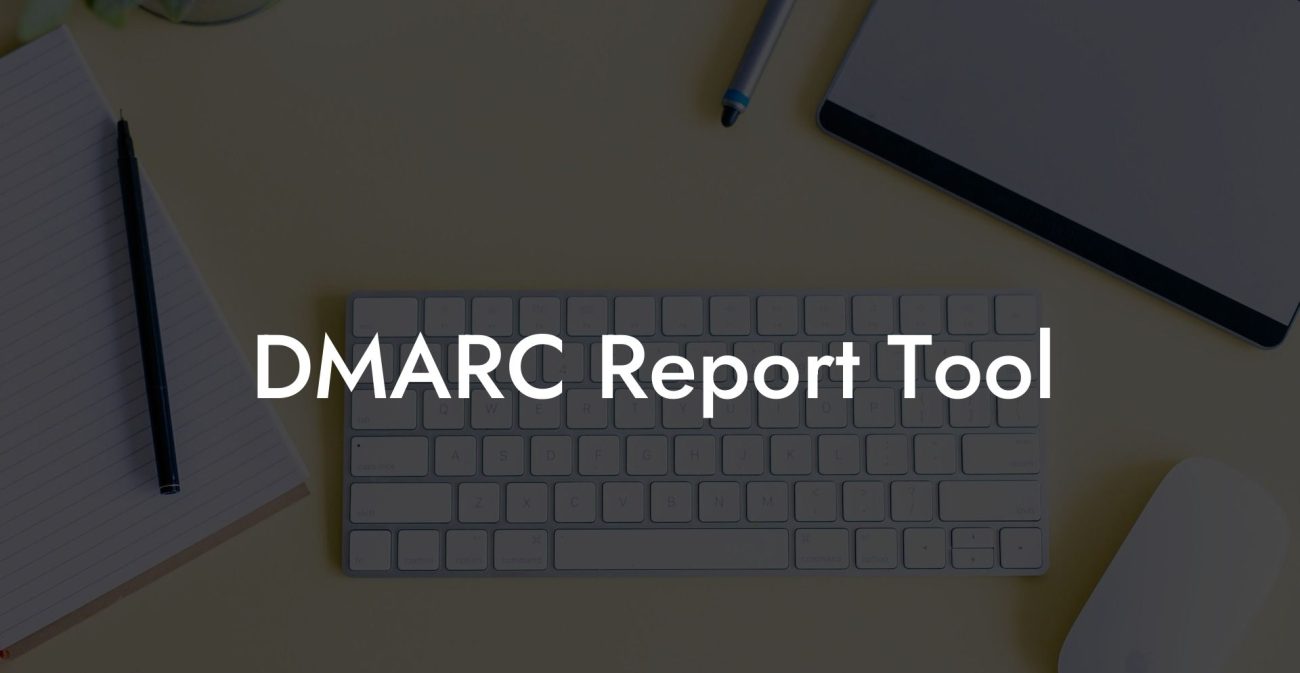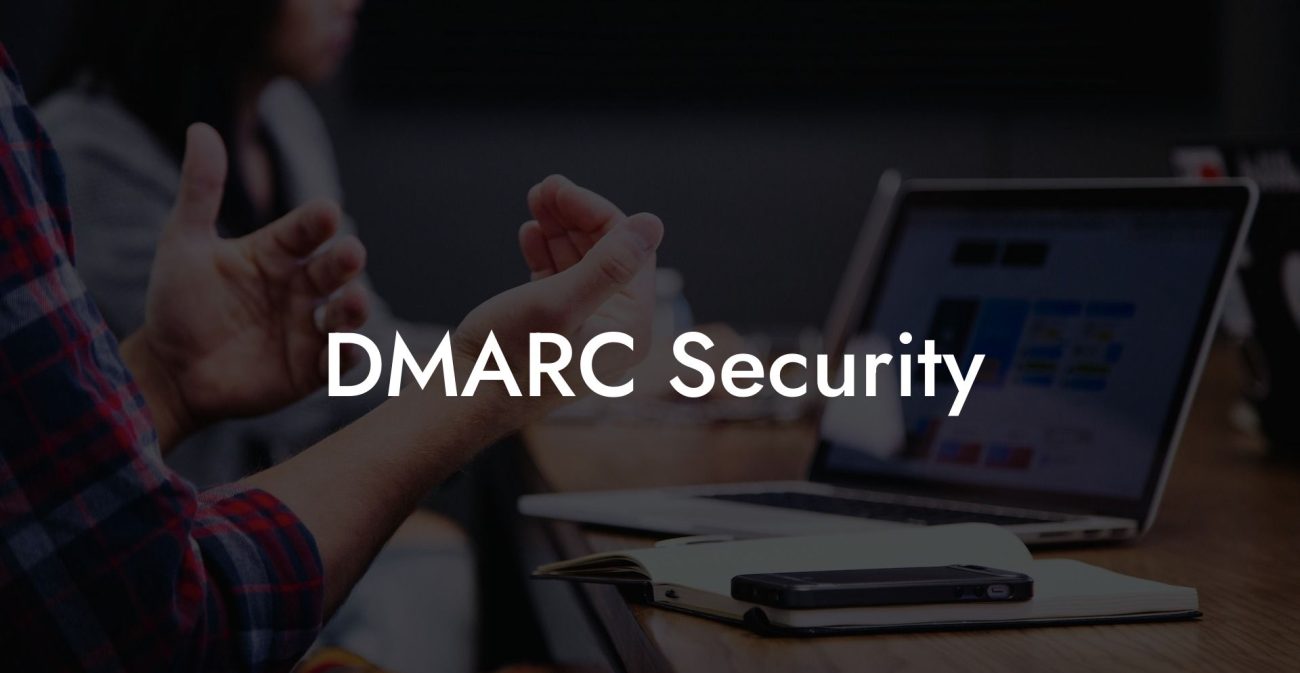In today's world, where cyber threats are persistent and ever-evolving, investing in email security is critical to protect your organization's sensitive information. One essential email security measure is implementing DMARC for your domains – especially if you utilize Google domains. In this comprehensive guide, we'll explore the importance of DMARC, how it works with Google domains, and why it's an indispensable component in any cybersecurity strategy.
DMARC Google Domain Table of Contents
Understanding DMARC and its Significance
DMARC (Domain-based Message Authentication, Reporting, and Conformance) is an email validation protocol. It is designed to detect and prevent email spoofing, fishing, and other cyber threats by verifying that an email message is genuinely from the stated sender's domain. DMARC achieves this by checking if the email complies with SPF (Sender Policy Framework) and DKIM (DomainKeys Identified Mail) policies. This way, DMARC plays a vital role in combating phishing and malware attacks.
How DMARC Works with Google Domains
Protect Your Data Today With a Secure Password Manager. Our Top Password Managers:
Google actively supports and encourages domain owners to utilize DMARC. Google’s email servers validate incoming messages against DMARC policies set by domain owners. Implementing DMARC is essential for organizations using Google domains, as it helps protect your reputation and reassure your recipients that your emails come from a legitimate and secure source.
1. Prepare your domain for DMARC
Before implementing DMARC for Google domains, it’s necessary to set up two other email security mechanisms: SPF and DKIM.
- SPF: Make sure your sending domain has an SPF record in its DNS. An SPF record is a list of the IP addresses allowed to send email on behalf of your domain. Google Workspace domains by default have an SPF record in place.
- DKIM: For Google Workspace domains, you can generate DKIM keys within the Admin Console and update your domain’s DNS with the DKIM record to enable DKIM signing of outgoing emails.
2. Create a DMARC record
Once SPF and DKIM are in place, the next step is to create a DMARC record detailing your desired policy. The DMARC record is a TXT entry in your domain’s DNS, consisting of crucial elements like policy type (None, Quarantine, or Reject), reporting email addresses, and other options for handling emails failing DMARC checks.
3. Implementation and Monitoring
With your DMARC record published, your Google domain email recipients can now check the authenticity of incoming messages. Make sure to regularly monitor DMARC reports sent to the designated email address, as these reports contain valuable insights to fine-tune your email authentication mechanisms and DMARC policies.
DMARC Google Domain Example:
For an organization with the domain example.com using Google Workspace, following these steps to implement DMARC:
1. Verify that the default SPF record is available in their DNS: "v=spf1 include:_spf.google.com ~all"
2. From the Google Workspace Admin Console, generate a DKIM key and add the corresponding TXT record in their domain's DNS.
3. Create a DMARC record with a policy type, reporting email, and failure options. For example, a DMARC record might look like: "v=DMARC1; p=quarantine; rua=mailto: [email protected]; ruf=mailto: [email protected]; rf=afrf; pct=100"
4. Add the DMARC record TXT entry to the domain's DNS.
Now, whenever a recipient receives an email from example.com, their email server will verify the email's DMARC compliance, effectively protecting the organization's reputation and securing the recipient's inboxes.
In conclusion, implementing DMARC for Google domains is a crucial and proactive measure any organization should take to ensure robust email authenticity and security. By following the guidelines outlined in this article, you'll be well-equipped to protect your organization from email spoofing, phishing, and malware attacks. We encourage you to share this guide with others seeking to improve their email security and explore our other expertly crafted resources on Voice Phishing, keeping your digital world safeguarded against cyber threats.
Protect Your Data Today With a Secure Password Manager. Our Top Password Managers:

